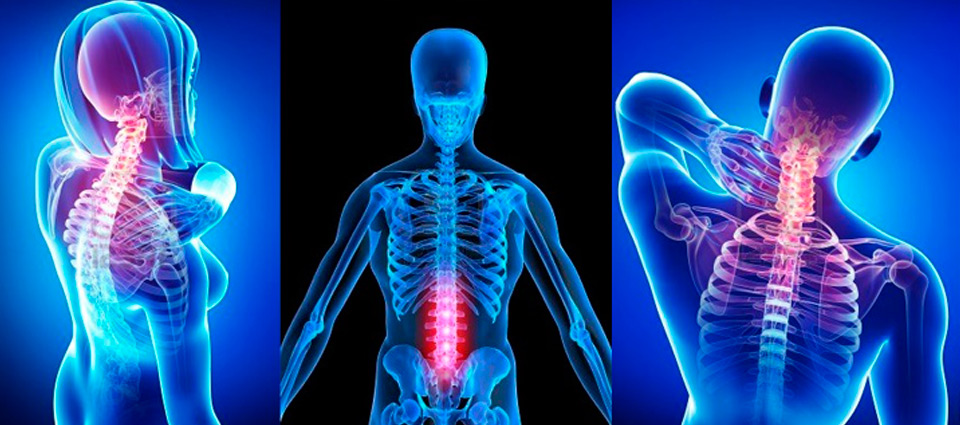The Importance of Proper Foot Function
Normal gait causes predictable, repetitive motions to occur from the feet to the head. The accurate timing of the many muscle contractions required depends on stimuli from a symmetrical gait. Abnormal or asymmetrical foot biomechanics will interfere with these carefully orchestrated movements, causing postural imbalances and problems throughout the musculoskeletal system.
We now know that a smooth and symmetrical gait has a significant effect on the pelvis, and is closely tied to proper spinal function. During walking there is a fine interplay between the movements of the feet, the hips, and the pelvis. Our feet have both structural and neurological effects on posture and musculoskeletal alignment.
Structural effects
The feet provide structural support for the pelvis (and the spine) during the stance phase of gait- from heel strike through foot flat to toe-off. The foot and leg must bear the full weight of the body and keep the pelvis in normal alignment. The stance portion of the gait cycle is therefore the most critical for posture, and it is the longest (60% of each step), as well.
If one or more of the foot’s arches is not able to provide the necessary support, or if there has been a breakdown of the plantar fascia, abnormal postural adaptations develop. Additional stress is then placed on all of the joints, ligaments, and muscles involved in helping to maintain upright posture.
Whenever there is an unequal amount of support from each leg during weight-bearing stance (due to either anatomical or functional causes), posture will definitely suffer. This results in an uneven foundation for the pelvis, causing various postural shifts in response.
Pelvic misalignments
When a foot pronates during the stance phase of gait, there is a normal inward (medial) rotation of the entire limb and pelvis. In persons who have excessive or prolonged pronation, this twisting movement is accentuated. The increased rotational forces are transmitted into the pelvis, and especially the sacroiliac joint.
In response, various compensatory pelvic subluxation complexes develop. These include pelvic tilts (usually anterior or to one side), innominate (think hip) rotations (usually back and down), and other complicated adaptations.
Neurological effects
With many interconnected joints, lots of connective and articular (joint) tissues, and both intrinsic and extrinsic muscles, the lower extremities are very well supplied with proprioceptive nerve endings.
Mechanoreceptors in the feet and ankle joints, along with the muscle spindles of the foot and lower leg muscles, are responsible for the positive support reflexes and a variety of automatic reflexive reactions.
The position receptors in the lower extremities, pelvis, and spine (and especially the neck/head-righting reflexes) must coordinate smoothly in order to maintain postural equilibrium. Difficulty in achieving or keeping optimal postural alignment, or problems with excessive postural sway, are frequently caused by inaccurate information sent by spindle sensors in chronically strained muscles or aberrant joint mechanoreceptors in the feet.
In addition, much of the neurological coordination of the body is based on a balanced, rhythmic lower extremity movement and gait.
The “cross crawl” pattern organizes many fundamental musculoskeletal functions at the spinal cord level, permitting smooth performance of daily physical activities without the need for conscious thinking about posture or planning out movements. This includes factors such as balance, stability, and center of gravity.
When one or both feet spend too much time in pronation, many of the muscles throughout the body (and around the spine) don’t turn on and shut off in proper sequence. This affects posture, raises the work effort for all activities, and even increases the amount of oxygen consumed during normal walking.
Conclusion
While the feet may seem to be located far from the spine, they are immediately connected in several ways. Both structural and neurological factors clearly reveal this inter-related and integrated system. Posture, as well as balance, coordination, and efficient musculoskeletal function, all depend on the smooth functioning of the foot and ankle complex.
Researchers are now beginning to understand the intricate relationships that many doctors of chiropractic have treated empirically (and successfully) for decades. Whenever a patient demonstrates a postural imbalance, Dr. Kano always considers the importance of the lower extremities, and the feet in particular.
